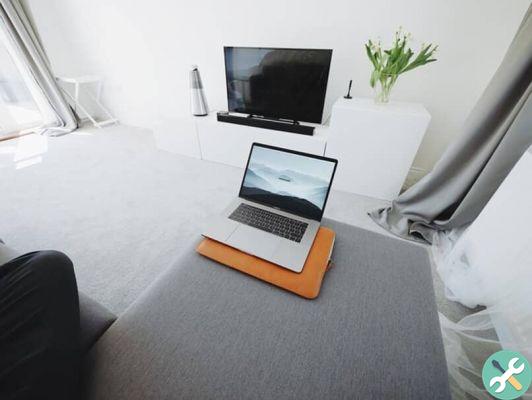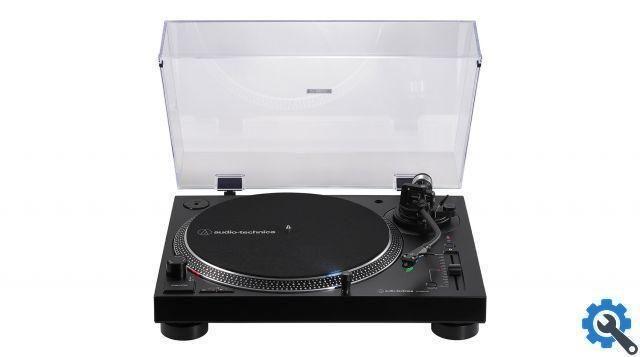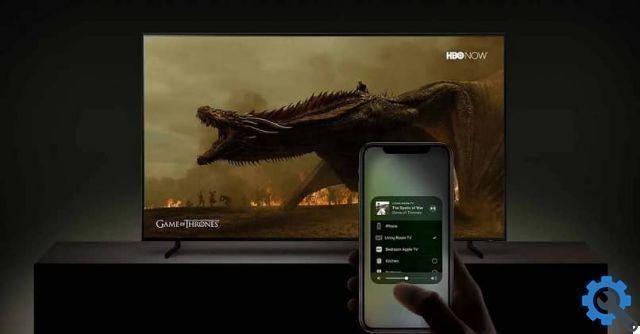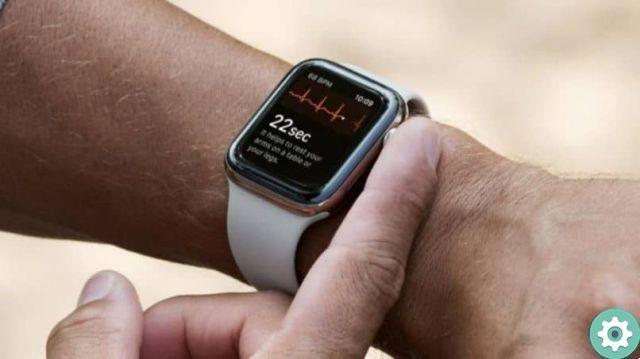In the previous chapter of this series of articles, in How to improve the Internet connection at home (Part VII) we saw the possibility of using a Wi-Fi repeater. Its main drawback is that it works by making a new Wi-Fi network independent of the main one. Normally it has a name (SSID) different from the main network, but even putting it the same would not solve the problem we are going to remember.
Since these are independent networks, your Wi-Fi client (phone, tablet, computer ...) connects to one of the networks according to the order of priority you have assigned to it (or the one visible at that moment, if you only see one) and you will not disconnect from it unless the connection is lost. This will cause the connection quality and speed to deteriorate, even if you are close to the repeater and you may have a very powerful and close network. The only solution is to manually go to the list of Wi-Fi networks and change it. But this is very tiring if we have to do it all day at home.
The mesh network has its great advantage as it is "intelligent" and acts as a single network, has only one name (SSID) and ensures that the Wi-Fi client is connected to the closest (repeater) or most optimal node . And it changes in real time as you move. This way you always have the best possible connection.
The Wifi client needs to be mesh compatible, but today almost everyone is, it's not something too new. Although it might be the case that you have a very old or very cheap device at home that doesn't support it.
A mesh network can be built with only two nodes, although it is normal to use 3 or even more (they can be added). One of these must be connected to the main router of the house and preferably via cable. From there we can turn off the router's wifi since we won't be using it, and thus we prevent our devices from connecting by mistake.
After configuring the main node, you need to configure the following nodes and place them in strategic places as we said with the repeaters, preferably in high places.
The nodes can communicate with each other via Wifi, but in this case we have to make the distance between them as short as possible and with as few obstacles as possible. If two nodes cannot communicate with each other or the connection is bad, everything connecting there will go wrong.
Connection between nodes via cable
It is recommended to make the effort and connect the nodes via ethernet network cable. We know it is more laborious, but the connection will improve a lot, it will be more stable and we will enjoy it every day.
Not all cables need to go to the router, they usually have at least two connections, so you can chain one after the other.
Careful! We need to make sure that the ethernet connection is at least 1 Gb / s. Inexplicably there are devices with a 100 Mb / s connection that will restrict all communications.
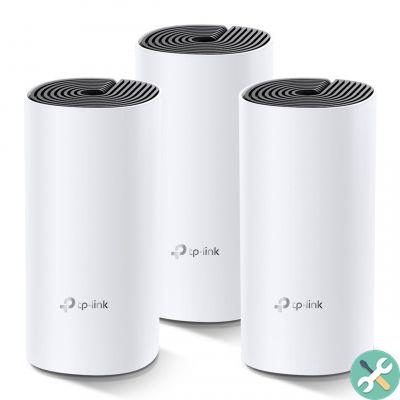
In the example we can see the TP-Link Deco M4 or the TP-Link Deco E4, the external appearance is the same. However, the E4 has a 100 Mb / s connection, which doesn't make sense today.
I'm talking about TP-Links because I had to help a friend find this solution and it was the cheapest there was (at least at that time, a few months ago) and if you're not careful you can be wrong. Finally the M4 worked very well (he connected them via ethernet cable) even if they gave war in the initial configuration.
Connection between nodes via Wifi
We can also add the following nodes via Wifi, which is more convenient but won't give us such a good experience.
In that case it is advisable to look for triple band equipment. These have a 2,4GHz network and a 5GHz network for the clients (the devices we connect) but they have another 5GHz network to connect to each other, so that at the same time the node sends or receives a message from our phone can send or receive another from the Internet, thus gaining a lot of speed.
When using an Ethernet cable this is not necessary, as the cable acts as a third band.
Wi-Fi 5, 6, 6E
It's been a short time since we started using Wifi 6 (or Wifi ax), which is a more advanced standard than Wifi ac or Wifi n we had until now. It allows you to optimize the connection, gain speed, have multiple devices at the same time… but only the most modern devices take advantage of it.
I would say it would be great if you were looking for some Wifi 6 nodes instead of Wifi 5 in case you are going to make the investment.
However, soon, in a few months, Wifi 6E will be released, which will also be able to use a much freer 6 GHz band and where our devices will be able to work much faster. If you are not in a hurry, it might be useful to wait for the mesh devices with Wifi 6E to come out.





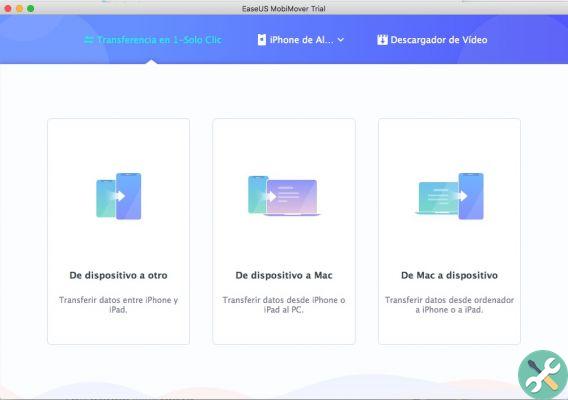





![Google also wants your Apple News [Updated] [2]](/images/posts/943dc0d8f28fcc4bc16fa30ed6d71f6a-0.jpg)

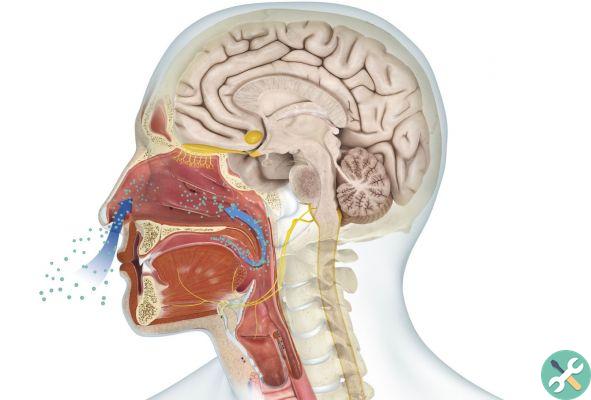


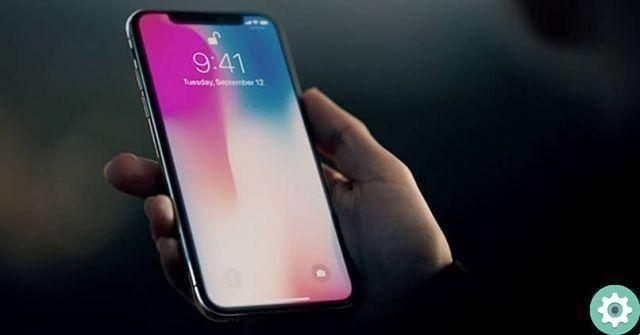
![Apple Vice Presidents Talk About Development of M1 for Mac [Updated]](/images/posts/c6254b668e5b3884d6b6338ccb8a02ff-0.jpg)




